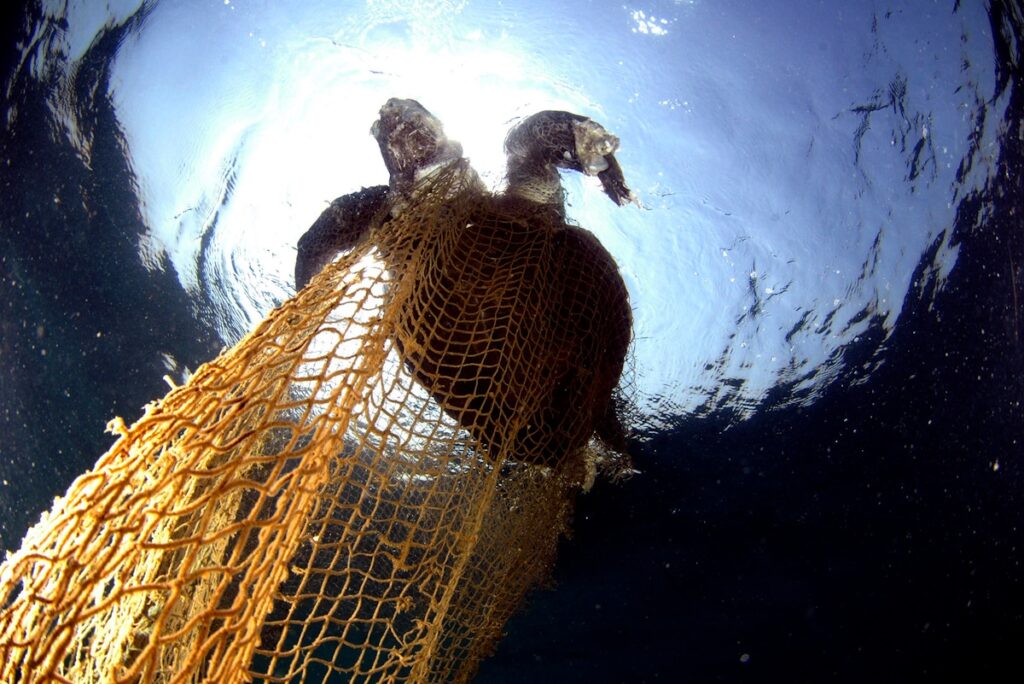
1. Sustainable fishing methods reduce bycatch and support fishing industry in Pakistan
New fishing methods implemented in Pakistan have led to a significant decrease in bycatch or marine life that is unintentionally caught in fishing nets.
In collaboration with World Wide Fund for Nature (WWF)-Pakistan, over 700 fishers have been trained in safe release protocols and sustainable fishing practices. The use of more efficient fishing equipment, such as sub-surface gillnets and modified longline fishing gear, has reduced unintended bycatch, with some fishers reporting a 98% reduction in certain non-target marine species.
Despite the decline in Pakistan’s fish population by 40-70% in recent years, the reduction in bycatch is expected to have a positive impact on local marine biodiversity. The project has also increased fishers’ incomes, in turn supporting the livelihoods of local fishing communities. WWF-Pakistan is actively working to expand the project to ensure the long-term sustainability of the fishing industry in the area.
Thank you for your generous gift that will help us continue the production of this weekly, free publication
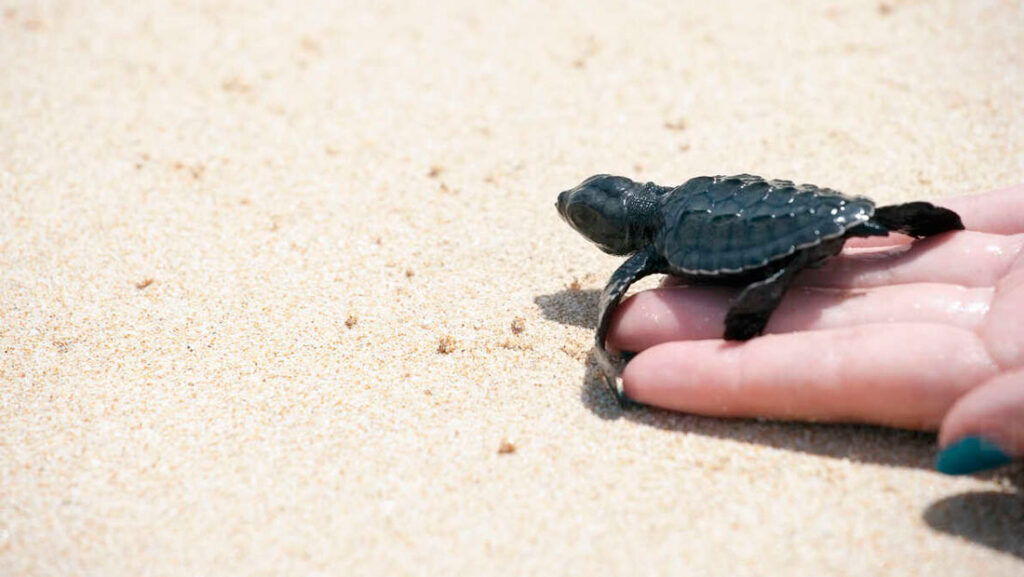
2. Ethical concerns arise regarding sea turtle hatchery practices in Sri Lanka
Concerns are being raised about the practices of sea turtle hatcheries in Sri Lanka amid its ongoing economic crisis.
Since 2000, the number of these hatcheries has increased from 3 to 50, with the majority being tourism-oriented. Though young sea turtles must be released into the ocean immediately upon hatching to improve their chances of survival, many of these hatcheries have reportedly retained the turtles for extended periods of time to profit from exhibiting them to tourists.
“They conduct inhumane tourism activities, especially when foreigners pay a good sum of money to [see] the sea turtles being released,” Kosgoda Sea Turtle Conservation Project manager Dudley Perera said.
Reports suggest that protection ordinances prohibiting the possession of endangered sea turtles and their eggs are not being enforced. Moreover, this practice has increased competition between hatcheries and led to higher prices for sea turtle eggs.
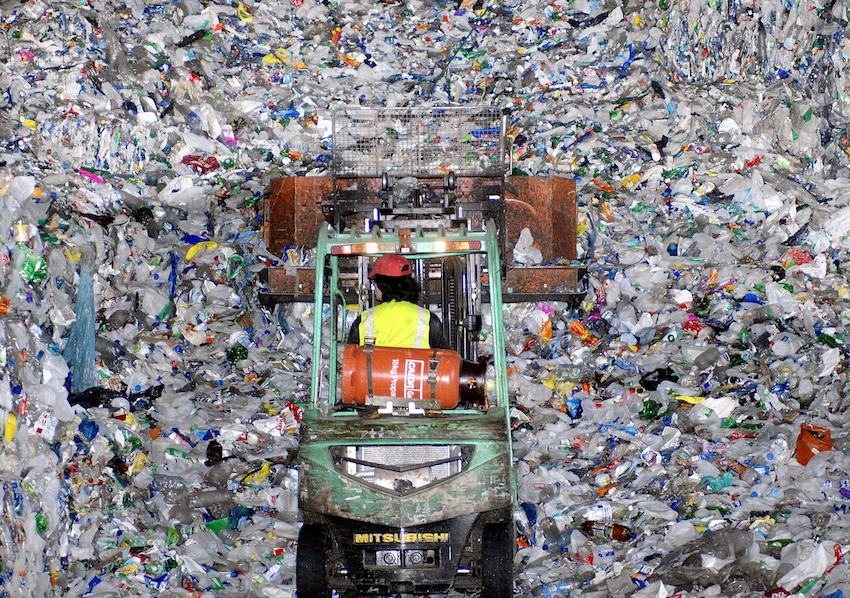
3. The EU is cracking down on plastic. Will others follow?
Reforming the plastics industry is complicated. The companies that make and sell plastic work internationally without universal standards for bioplastic biodegradability, compostability, reusability, or recyclability. Guidance and labels for consumers are confusing or nonexistent.
The EU has a vision for a UN plastics agreement that they will need to lobby 100 other countries, but the bloc is formidable. Its decisions have a wider impact than its borders, both on the companies that supply EU consumers and on global governments.
The proposed plastics rules are also more systemic, comprehensive, and wide-ranging than previous efforts, and more likely to be effective than piecemeal bans on individual products. There’s a realistic chance that the EU’s standard will become the global standard.
The true test will come when the UN session on plastic waste convenes in May. The EU will submit these policies as proposals for the international community.

4. Plastic usage to double over by 2050, new research predicts
According to Back to Blue, a research group, existing programs for recycling or cutting single-use plastic consumption only scratch the surface and a more comprehensive global plan is needed.
The UN began negotiations on a treaty to combat plastic pollution in Uruguay in November, with the goal of completing a legally binding treaty by the end of next year. 175 countries have already signed up for the talks. However, Back to Blue estimates that if negotiations fail and current growth rates continue, annual plastic production in G20 countries like Brazil, US, Indonesia, and Turkey will rise to 451 million tones by 2050, a nearly three-quarters increase from 2019.
The treaty negotiations will not be without difficulties, the research group said. “The chances of failure — not just that no treaty emerges but one that is too weak to reverse the plastic tide — are considerable.”
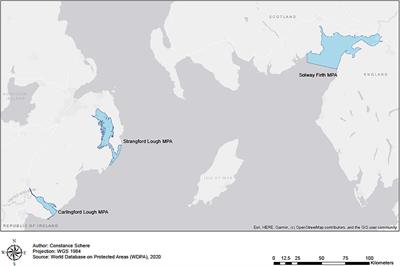
5. Irish Government announces program to protect 30% of Marine Areas by 2030
The Irish government has announced a new program that aims to designate 30% of Ireland’s marine areas as marine protected areas (MPAs) by 2030 to address pollution, biodiversity loss, and climate impacts.
The program includes measures such as developing nature-based solutions in marine ecosystems and providing guidance for offshore renewable energy. It also aims to mitigate the impacts of increased human activity on marine life, such as marine litter and underwater noise pollution. Additionally, the program will establish management strategies for invasive species in the MPAs. These directives were developed through cooperation between government agencies and marine stakeholders, including environmental non-governmental organizations.
The program is aligned with the Marine Strategy Framework Directive and supports Ireland’s ambition for a “clean, healthy, biologically diverse marine environment” while also promoting economic growth. It is a step towards creating a more sustainable future for Ireland’s marine ecosystem.
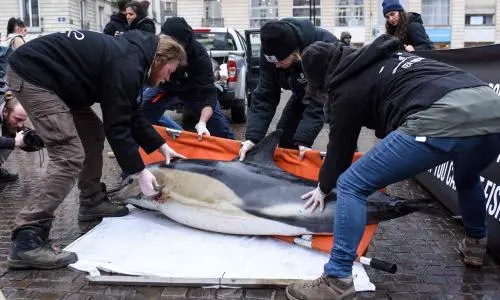
6. Campaigners call for action as dolphin deaths persist in France
Campaigners are urging the French government to ban fishing in areas where dolphin populations are at risk. Between December 1 and January 25 alone, a total of 370 dead dolphins were recorded along the Gulf of Gascony, and in 2022, at least 669 dolphins were found dead on French beaches.
These deaths are primarily attributed to entanglement in fishing gear, a trend that has persisted since the 1990s. Ongoing monitoring reports that excess dolphin deaths have been “recurrent and very high” since 2016, and began “especially early” this winter.
The International Council for the Exploration of the Sea has also recommended that the French government suspend certain non-selective fishing practices to reduce dolphins caught in bycatch. Other potential strategies include regulating fishing zones and compensating fishers who adhere to these guidelines. Despite calls for action, the French government has not yet implemented a definitive resolution.

7. Advocates call for law to protect sharks and rays from illegal fishing, other threats
MANILA, Philippines — Conservation organizations called on Congress to pass legislation that will protect sharks and rays, which are critical to the stability and health of oceans but are also threatened by overfishing, marine pollution, and the destruction of their habitats.
The Save Sharks Network Philippines called for a passage of a “science-based, enforceable, and socially just” measure that will manage these threats.”Sharks and rays in the Philippines play an important role in the country’s economy and in our ecology. A lot of sharks and rays are apex predators so a lot of these species help protect marine ecosystems and create healthy oceans,” said Anna Oposa, executive director and “chief mermaid” of Save Philippine Seas.
Around 200 species of sharks are found in the Philippines. Of those, only 28 are protected. Data on the current status of their populations in the country is limited.
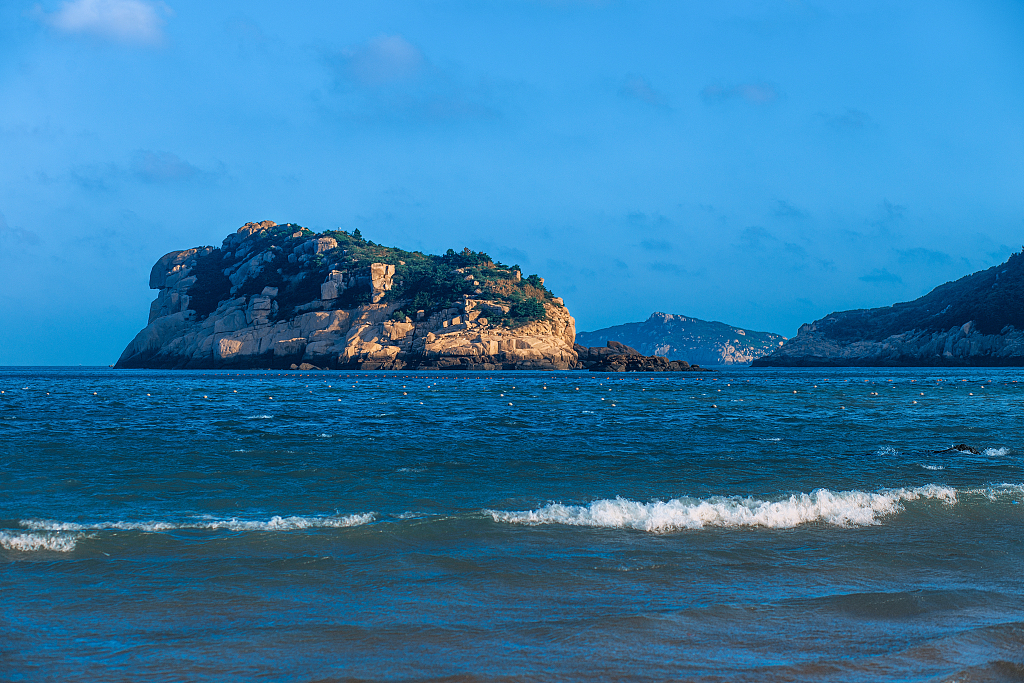
8. Shared by Nature: The wild-type marine island national parks
China’s annual Two Sessions are about to kick off. Provinces and regions across the country have been holding their own local versions of the sessions before submitting proposals and motions to Beijing.
China established its first five national parks in 2021 – all on land. A delegate from Wenzhou City in east China’s Zhejiang Province, has proposed Wenzhou should promote the creation of a marine national park based on Nanji Island, also known as the “Kingdom of Seaweed.”
China is aiming to build the world’s largest national park system by the year 2035. The plan includes 49 candidate areas to house the national parks: 44 land areas, three sea areas, and two land-sea areas.
National parks, whether on land or in water, aim to conserve nature, wildlife and cultural heritage. Different countries have designed their national parks according to the characteristics of the protected areas.

9. Thailand approves additional protection measures for marine resources
Government officials have reviewed and approved measures to address yellow band disease in corals and other protective measures for marine resources.
The measures received approval at a meeting of the National Policy and Plan Committee for Marine and Coastal Resources Management Strategy. The meeting approved the draft five-year action plan to mitigate the impact of the spread of yellow band disease in corals near Samae San Archipelago in Chonburi, along with Koh Tao in Surat Thani.
The meeting ordered the acceleration of the dugong conservation plan in the second phase, following successful outcomes from the first. That led to the declaration of protected area status for the dugong habitat in Palian district of Trang, along with the establishment of dugong conservation teams in 13 targeted areas.
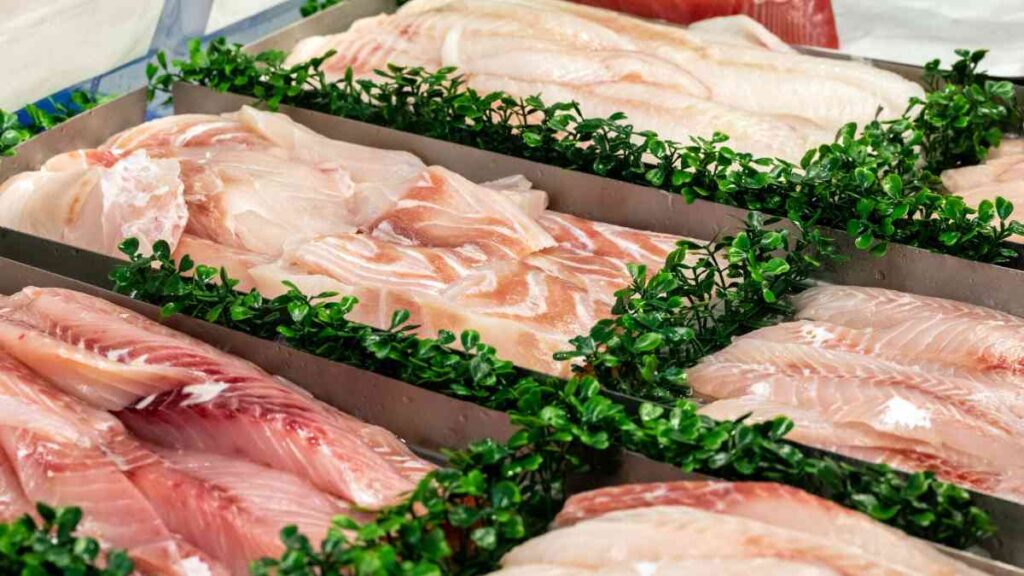
10. Using DNA barcoding to stop seafood fraud
The seafood industry faces a growing issue of food fraud, which includes a lack of confidence in the authenticity and provenance of seafood products and complex and obscure supply chains. To find out what kind of fish was being sold in Adelaide and regional South Australia, a team of researchers at the University of Adelaide analysed DNA of fish fillets sold by more than 100 retailers.
Only 27% of samples were identified as gummy shark (Mustelus antarcticus), 11% of the samples/shops identified their fish species correctly, another 20% were mislabeled, the remaining had ambiguous labels. Does the blame lay on the shop owners? Smaller retailers can’t be accused of mislabeling because they are likely unaware when they purchase bulk, processed or frozen fish fillets.
The results highlight the need for clearer national guidelines or labelling laws for shark fillets.
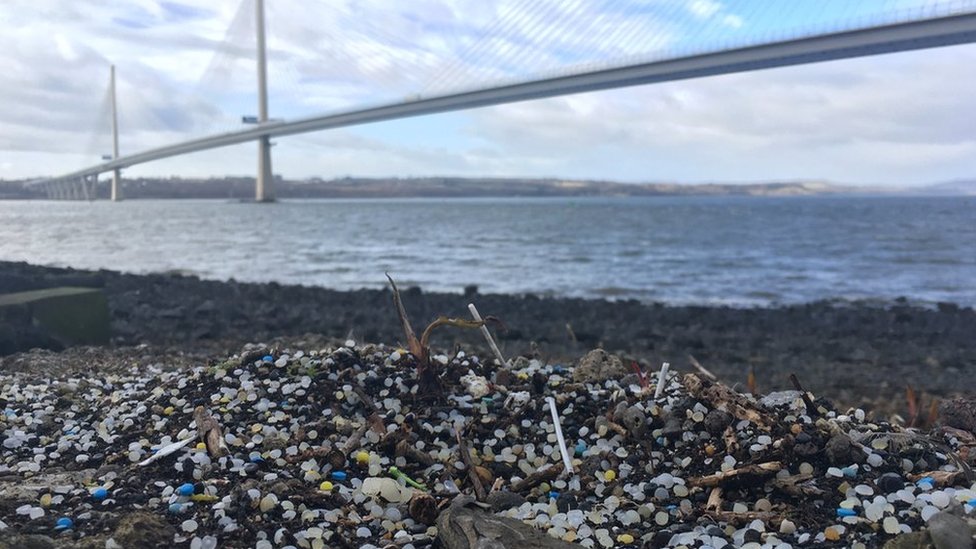
11. Plastic pellets called nurdles pollutes Scotland’s coast
At first glance, the sandy beach beside the picturesque village of Limekilns on the Firth of Forth appears to be like many others throughout Scotland but closer inspection reveals thousands of thousands of tiny plastic pellets known as nurdles scattered along the sandbanks.
Nurdles are the building blocks of most plastic products, and this beach has one of the highest nurdle concentrations in the world, revealing a concerning pollution problem. An estimated 230,000 tones of pellets are lost into the environment every year. Additionally, nurdles were found in 90% of 317 beaches that were surveyed across 23 countries last year, a high increase compared to previous years.
Nurdles pollute our oceans and beaches in massive quantities making them impossible to remove and so, campaigners are urging that we should also address its regulation to reduce the risk of long-term losses and disaster spills.
.
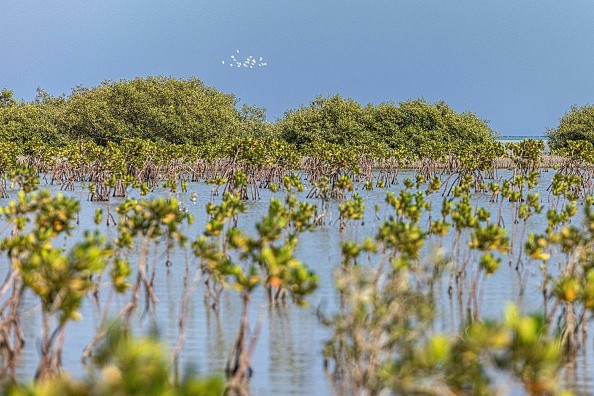
12. Modern biodiversity crisis: Insights based on the stability and collapse of marine ecosystems during the permian-triassic mass extinction
Several mass extinctions have occurred throughout Earth’s history, the most recent of which was the Permian-Triassic extinction event, also known as the “Great Dying,” which occurred 252 million years ago.
While scientists generally agree on the causes, the exact mechanism by which this mass extinction occurred – and the subsequent ecological collapse – remains a mystery.
Researchers examined marine ecosystems before, during, and after the Great Dying in a study published in Current Biology to better understand the chain of events that led to ecological destabilization. The study revealed that biodiversity loss may be a precursor to a more devastating ecological collapse, a troubling finding given that the rate of species loss today outpaces that during the “Great Dying”.
According to Academy Curator of Geology Peter Roopnarine, PhD, the Permian-Triassic extinction serves as a model for studying biodiversity loss on our planet today.
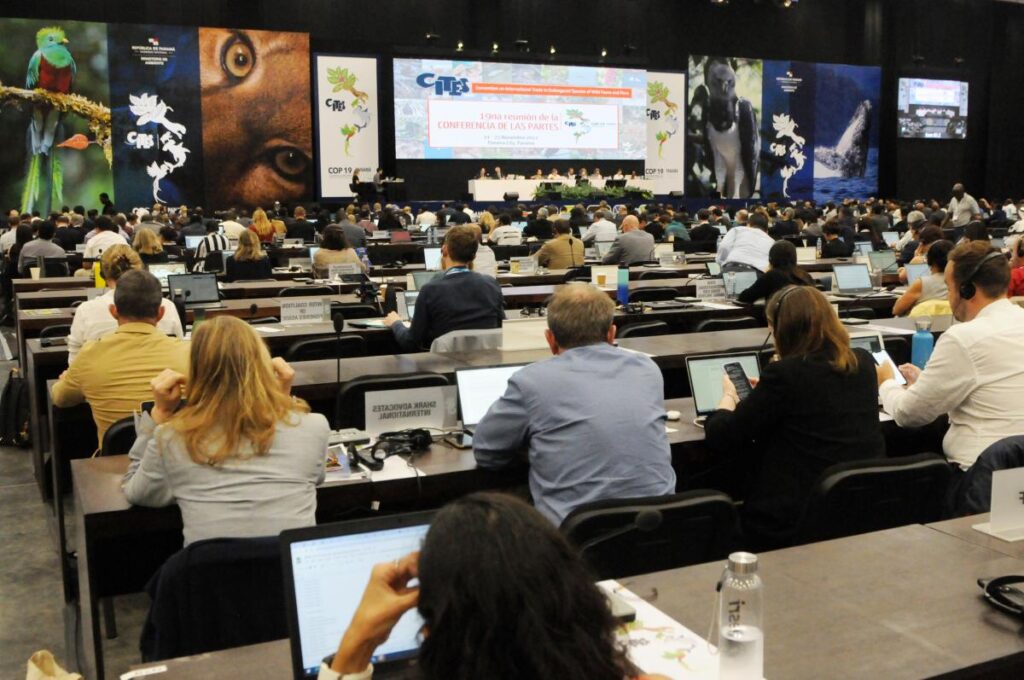
13. New CITES trade rules take effect for hundreds of species
New trade rules for endangered species that were adopted at the 19th meeting of the Conference of the Parties to CITES (CoP19) in Panama City are now taking effect after a 90-day implementation period.
(We at Sea Save Foundation provided daily updates to our readers while this conference was taking place and believe the new trade regulations will benefit many species, including entire families of sharks.)
The 183 governments and the EU, which comprise the 184 Parties to CITES – the international treaty that regulates global trade in wildlife – will apply new control measures to their trade practices for most of the 562 species of wild animals and plants that have entered the Conventions’ Appendix II. The species affected include marine species, trees, amphibians, turtles and tortoises, birds, fish, and orchids.

14. National marine fisheries service sued for mismanaging endangered species
In Hawai’i and American Samoa, a healthy ocean ecosystem relies on endangered and vulnerable species of sea turtles, whales, and sharks. These animals are also important to cultural and spiritual Native Hawaiian practices.
However, the Conservation Council for Hawai’i has filed a lawsuit alleging improper management of these species by the National Marine Fisheries Service (NMFS) in violation of the Endangered Species Act. They claim that longline fisheries have exceeded their incidental take limits, or the maximum amount of unintentional harm on marine life, for nearly a decade.
Reports suggest that the Hawaii-based fleet discards nearly half of their marine catch, most of which are injured or dead. The Conservation Council alleges that NMFS has avoided updated management consultations nine times since 2019, relying on outdated biological opinions from 2017 and 2015. The plaintiffs are requesting that NMFS comply and release updated reports before June.

15. Germany continues to expand offshore wind energy programs
Germany has positioned itself as a world leader in renewable energy for years. Now, its Federal Network Agency is expanding offshore wind energy with a new tender. The agency is inviting companies to bid on the opportunity to build and operate offshore wind turbines in four designated areas in the North Sea, with a total capacity of 1800MW.
For the first time, the bidding process will incorporate not only the monetary bid amount but also more holistic criteria. These qualitative criteria include how much renewable energy will be used in manufacturing the wind turbines, the use of environmentally friendly foundation methods, and the long-term sustainability of the electricity supply.
Successful bidders will be required to contribute 5% of their payment towards marine conservation and promoting environmentally friendly fishing, with the other 90% going towards reducing electricity costs. The deadline for placing bids is August 1st.
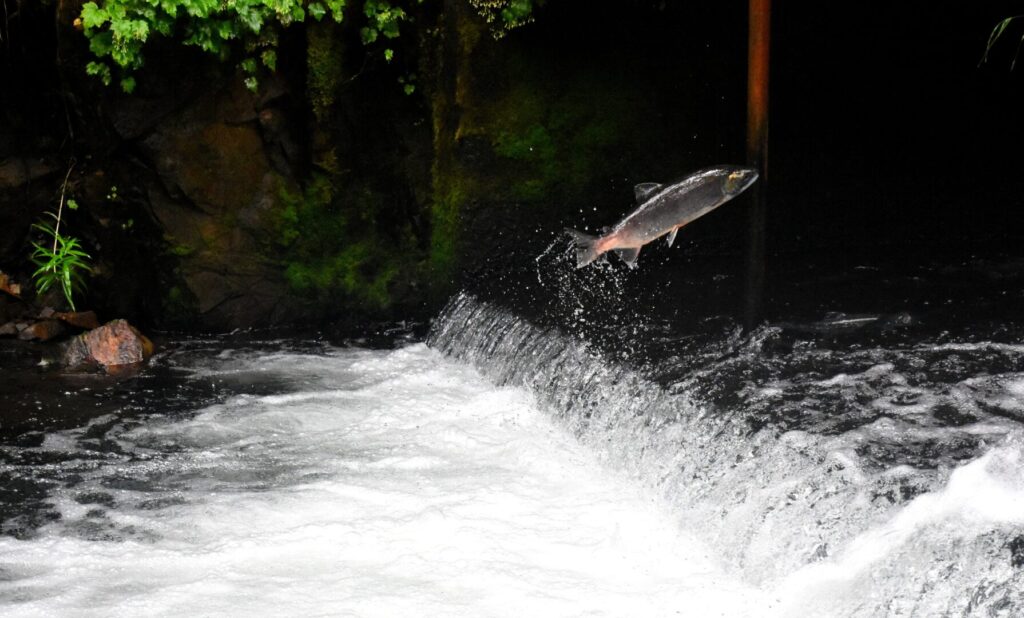
16. Canada phases out some salmon farms, preserves wild salmon population
Open-net pens used for farming Atlantic salmon have sparked controversy over their impact on vulnerable native wild salmon populations in British Columbia (B.C.), Canada. Many of these pens are located in open coastal waters along the migration route of sockeye salmon, raising concerns about the potential transmission of diseases and pathogens to these wild fish.
Although Fisheries and Oceans Canada (DFO) has pledged to transition open-net salmon farms away from coastal B.C. waters by 2025, some fish farm companies have disputed the decision to phase out their aquaculture sites. However, DFO Minister Joyce Murray recently announced that licenses for 15 of these open-net pen sites will not be renewed after months of consultation.
This decision is expected to enhance the safety and survival of native B.C. wild salmon populations, ultimately helping to preserve the region’s ecosystem.

17. Turtle Strandings in the UK and Ireland: Are They on the Rise?
In recent months, an unusually high number of marine turtles have been found stranded on beaches in the United Kingdom and Ireland, with more strandings recorded since November 2022 alone than expected in an entire year. Out of 16 recorded strandings, only four turtles managed to survive.
These turtles are typically juvenile or injured adults from the Americas that become lost in migration or are drawn off course due to the strong winds and currents of severe storms. Most of them are not able to control heat loss in colder waters like native species.
Some officials question whether the growing intensity and frequency of storms in a changing climate could lead to more strandings, while others speculate that the changing range of European turtles could also bring them closer to the UK. Further long-term research is needed to determine how these factors affect turtle populations.
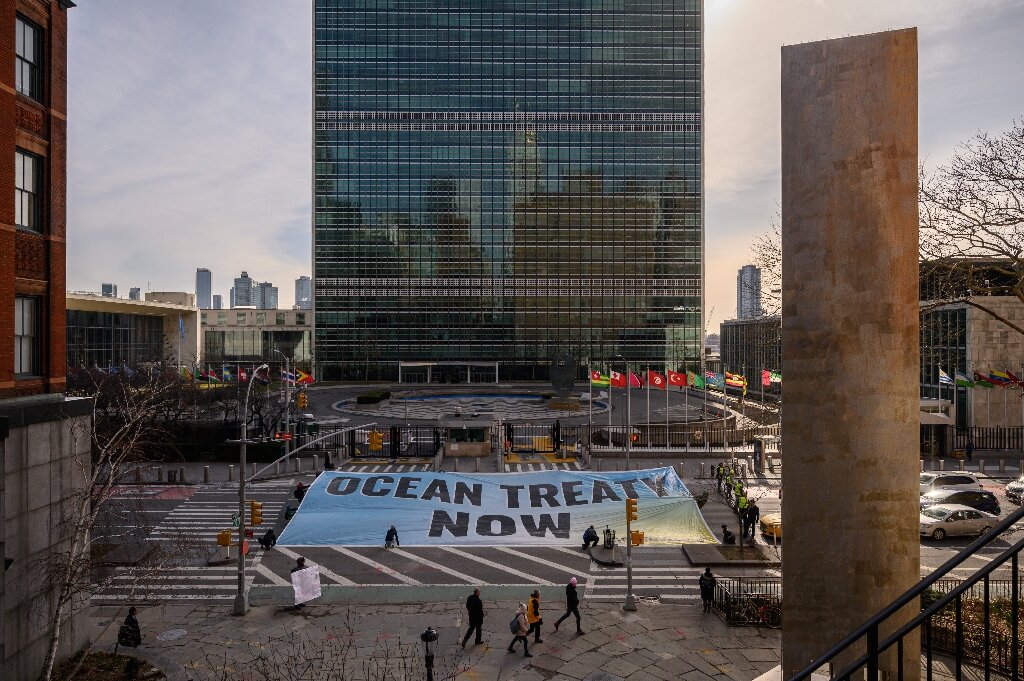
18. United Nations members aim to finalize high seas treaty
U.N. members gathered Monday to forge a long-awaited treaty to safeguard the world’s marine biodiversity and they have until Friday, March 3, before scheduled negotiations close. Nearly two-thirds of the ocean lies outside national boundaries on the high seas.
The goal of the U.N. meetings is to produce a unified agreement for the conservation and sustainable use of those vast marine ecosystems. Key questions include: How should the boundaries of marine protected areas be drawn, and by whom? How should institutions assess the environmental impacts of commercial activities, such as shipping and mining? And who has the power to enforce rules?
One important aim of the talks is to establish a mechanism for designating marine protected areas, which is still a disputed issue. The third link below shows just how difficult it is to achieve a consensus on creating a marine protected area.
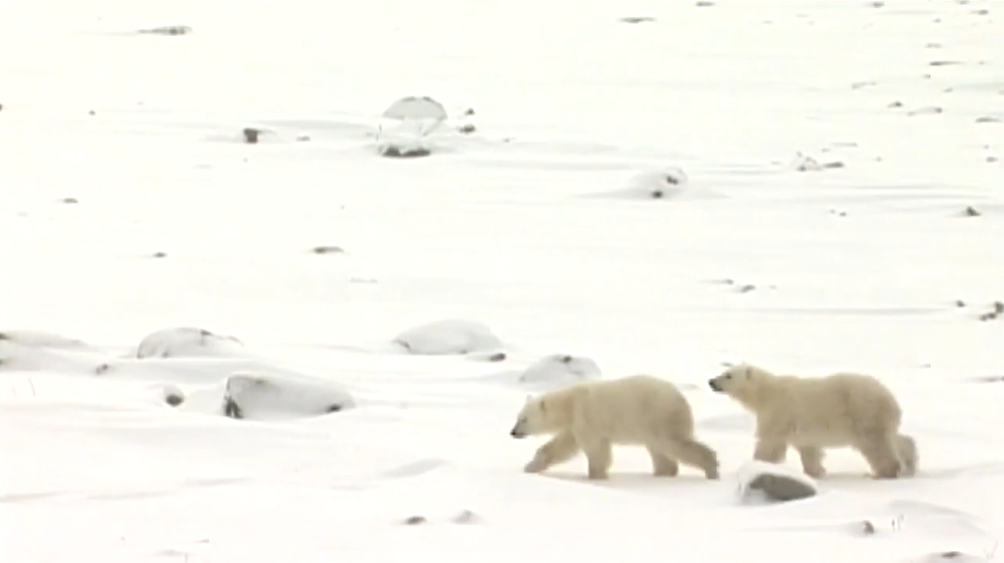
19. Learning from polar bear “selfie” nature cams in Wapusk National Park
To help celebrate International Polar Bear Day, which was Monday, February 27, we bring you this video from Parks Canada. It features former Wapusk National Park warden Dr. Douglas Clark explaining how the installation of motion-activated cameras can give us a glimpse into the lives and behaviors of polar bears, thereby helping with conservation efforts. Watching the video IS JUST PLAIN FUN . . . you can see the polar bears–a mom and her cubs– at 48 seconds.




